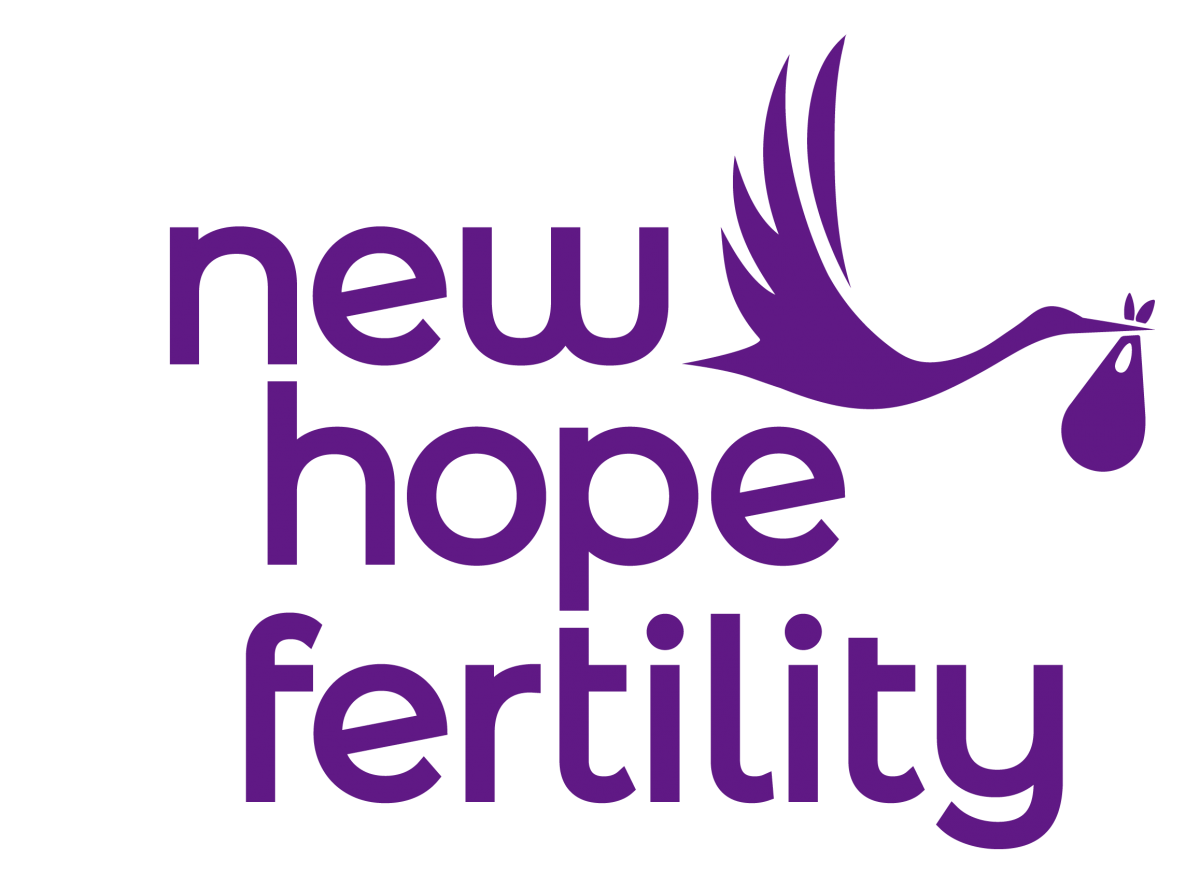Tubal ligation is a safe and popular form of permanent birth control. Performed correctly, it is about 99% effective at preventing pregnancy. But what if you decide that you’re not done growing your family after all?
In-vitro fertilization (IVF) is a fertility treatment that involves implanting a fertilized egg directly into your uterus. Because this process bypasses the fallopian tubes, it is perfectly possible to successfully do IVF after tubal ligation – and, for many people, a preferable choice to surgical reversals of the ligation procedure.
How to Get Pregnant After Tubal Ligation: Knowing Your Options
Tubal ligation, also known as female sterilization or getting your “tubes tied,” is a surgical procedure where the fallopian tubes are cut, sealed, or otherwise blocked to keep fertilized eggs from traveling to the uterus, thus preventing pregnancy.
While a tubal ligation is technically permanent, life plans can and do change, and there’s always a chance of someone changing their mind later on. Fortunately, when this happens, there are options available, including tubal ligation reversal surgery and IVF.
- Reversal surgery (tubal anastomosis): This is a surgical procedure to reconnect the fallopian tubes. Not all women can have their tubal ligations reversed, but those who can could go on to resume full functioning of their reproductive system. Pregnancy is possible after a tubal anastomosis, however, age and the amount of time between the tubal ligation and reversal play a big role in outcomes.
- In-vitro fertilization: IVF offers a solution for how to get pregnant with your tubes tied without surgery, and the process is exactly the same as it would be for someone with their tubes intact. This makes it an attractive choice and one that doesn’t come with the stress of surgery and hospitalization.
How IVF After Tubal Ligation Works
The IVF process looks the same whether you’ve had tubal ligation or not.
First, medication is given to suppress your natural cycle, followed by medication that stimulates your ovaries to produce an abundance of eggs – a process called superovulation. The more eggs your ovaries create, the more opportunities you have for a healthy embryo.
When the time is right, your doctor will bring you in to retrieve the eggs. This is done during an outpatient procedure called follicular aspiration, during which time a thin needle is inserted into the ovaries to suction out eggs one by one.
After eggs are retrieved, they are artificially inseminated with sperm from your partner or a donor. Fertilized eggs turn into embryos and may be implanted several days later or frozen for later implantation. Some individuals choose to have their embryos genetically assessed to check for abnormalities that may impact the chances of a successful pregnancy.
Whatever you choose, when it’s time for implantation, your doctor will use a catheter to place one or more embryos directly into your uterus with the hope that one will implant and go on to further stages of development.
You probably noticed that none of the steps of IVF involve your fallopian tubes. As such, tubal ligation has little to no impact on the IVF process, and like anyone else who undergoes the procedure, you should know within 10 days if you are pregnant.
IVF Success Rates After Tubal Ligation
The same factors that impact general IVF success rates are still at play in those getting IVF after sterilization, including age, egg quality, and any underlying fertility concerns. Also similar are success rates themselves, with at least one study finding very little difference in rates of live births between women who had undergone IVF after tubal ligation and those who had undergone IVF as a means to address other fertility issues.
After tubal ligation or not, the most important factor to account for with IVF success is age. Nationally, IVF success rates are 48.5% for women under 35, 43% for women 35-37, and 30.2% for women older than 37.
Costs Associated with IVF
The cost for conventional IVF varies depending on your location, your clinic of choice, and your insurance plan.
On average, you can expect to spend at least a few thousand dollars for IVF and up to tens of thousands of dollars. Cost factors associated with IVF include medications, monitoring, egg banking, and genetic assessments. You will also spend more if you choose to use donor eggs or sperm.
What About Mini IVF After Tubal Ligation?
Mini IVF is less invasive than conventional IVF and uses significantly less fertility medication. The goal is to retrieve just a handful of high-quality eggs rather than trying to stimulate the production of as many eggs as possible.
Opting for Mini IVF can save you a lot of money. It can also be a good choice if you are at risk of ovarian hyperstimulation syndrome (OHSS) or have poorly responded to IVF in the past. The drawback is that fewer eggs mean fewer chances for a successful pregnancy, with age once again playing a significant role.
Like conventional IVF, Mini IVF could be the way to go if you want to get pregnant after tubal ligation. It ultimately comes down to your preferences and your budget, as well as the recommendations of your doctor.
Learn More About Your Fertility Options
If you want to conceive after tubal ligation, Dr. Zhang and his team at New Hope are here to help. We offer personalized medical advice and support so you can make the best decision for your health and the health of your growing family, and we can help you navigate the emotional and physical considerations involved in choosing the right fertility treatment.
Schedule a consultation to learn more about IVF and Mini IVF as non-surgical fertility options after tubal ligation.

